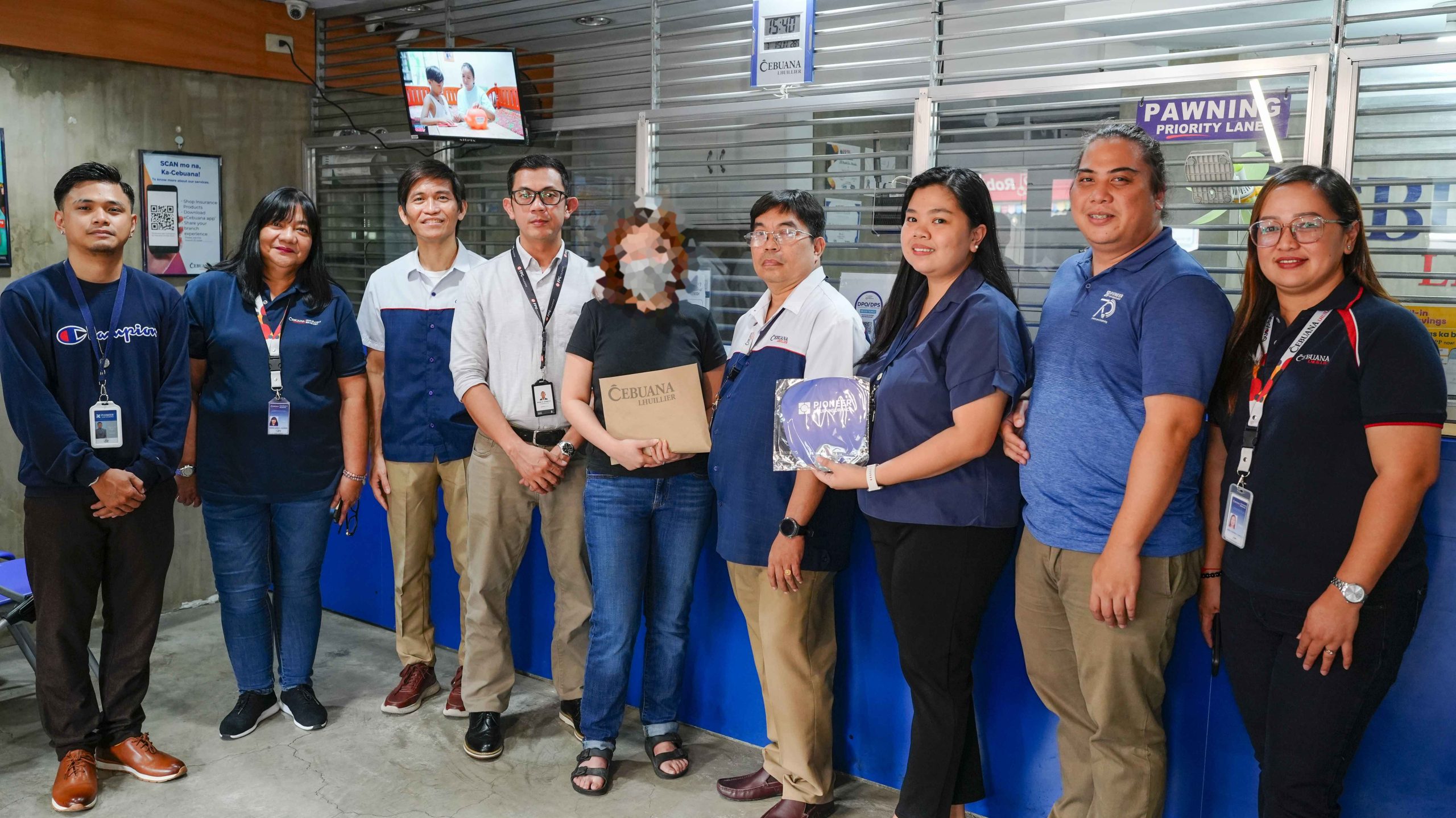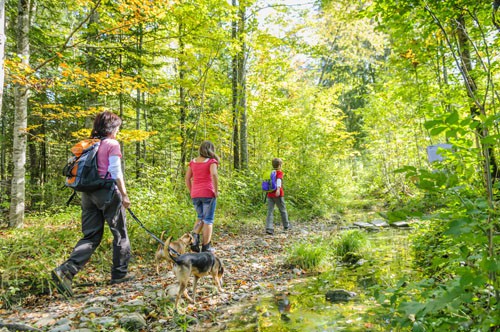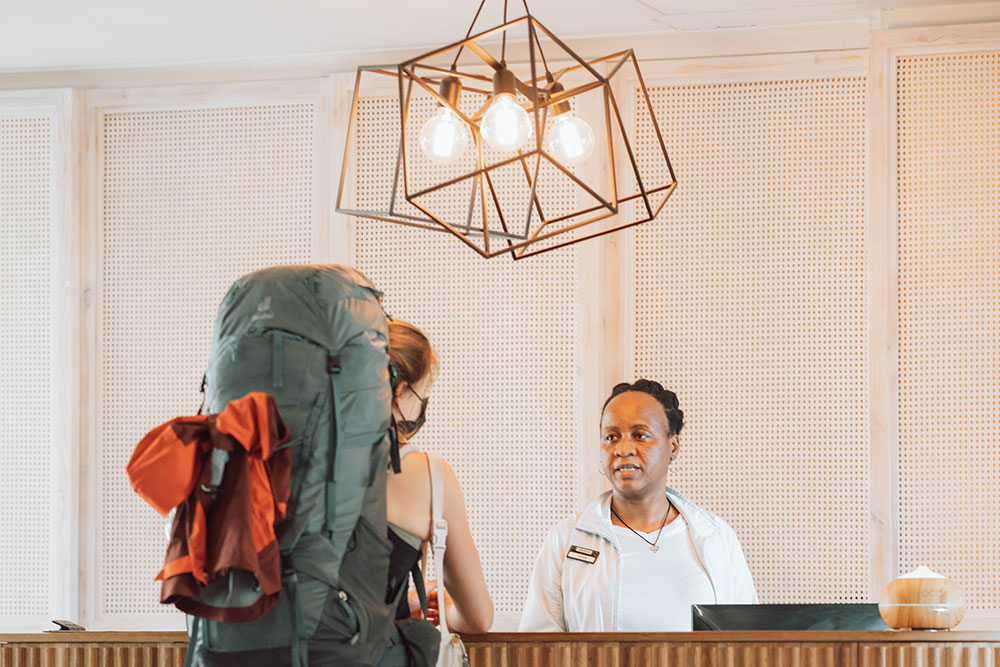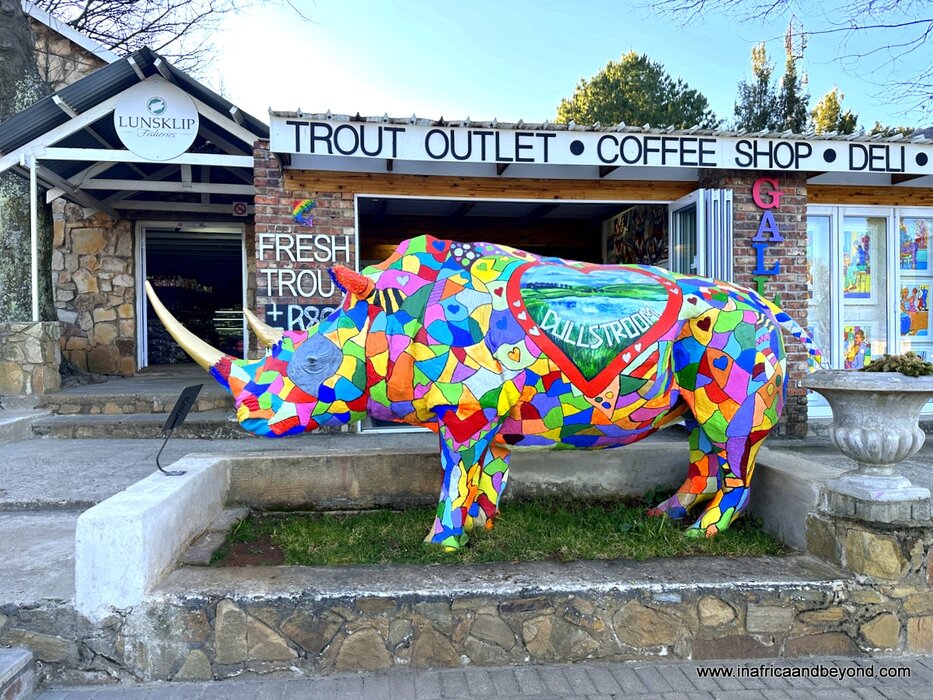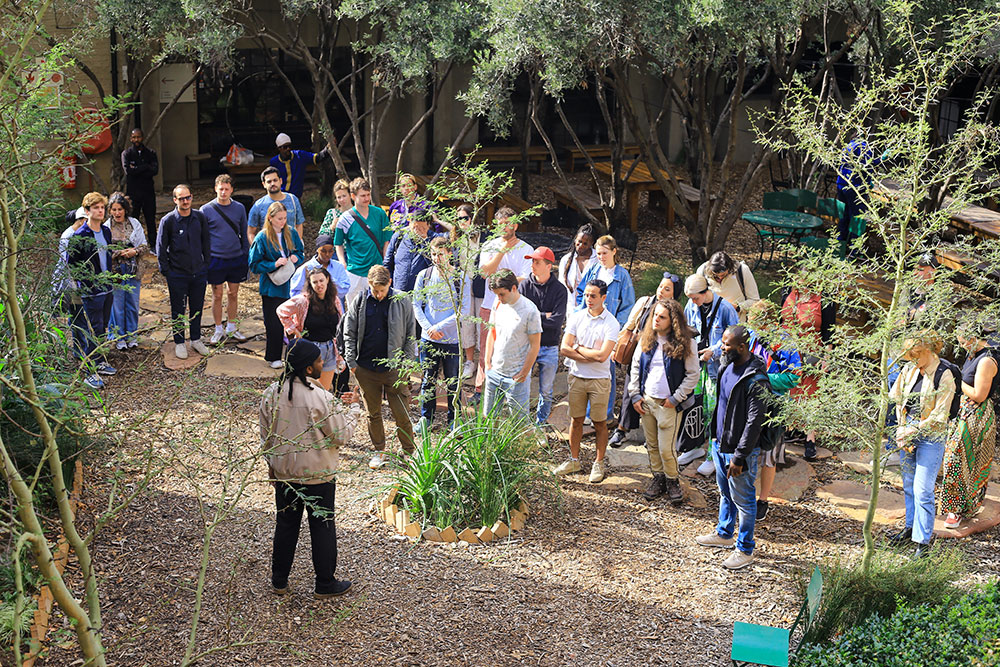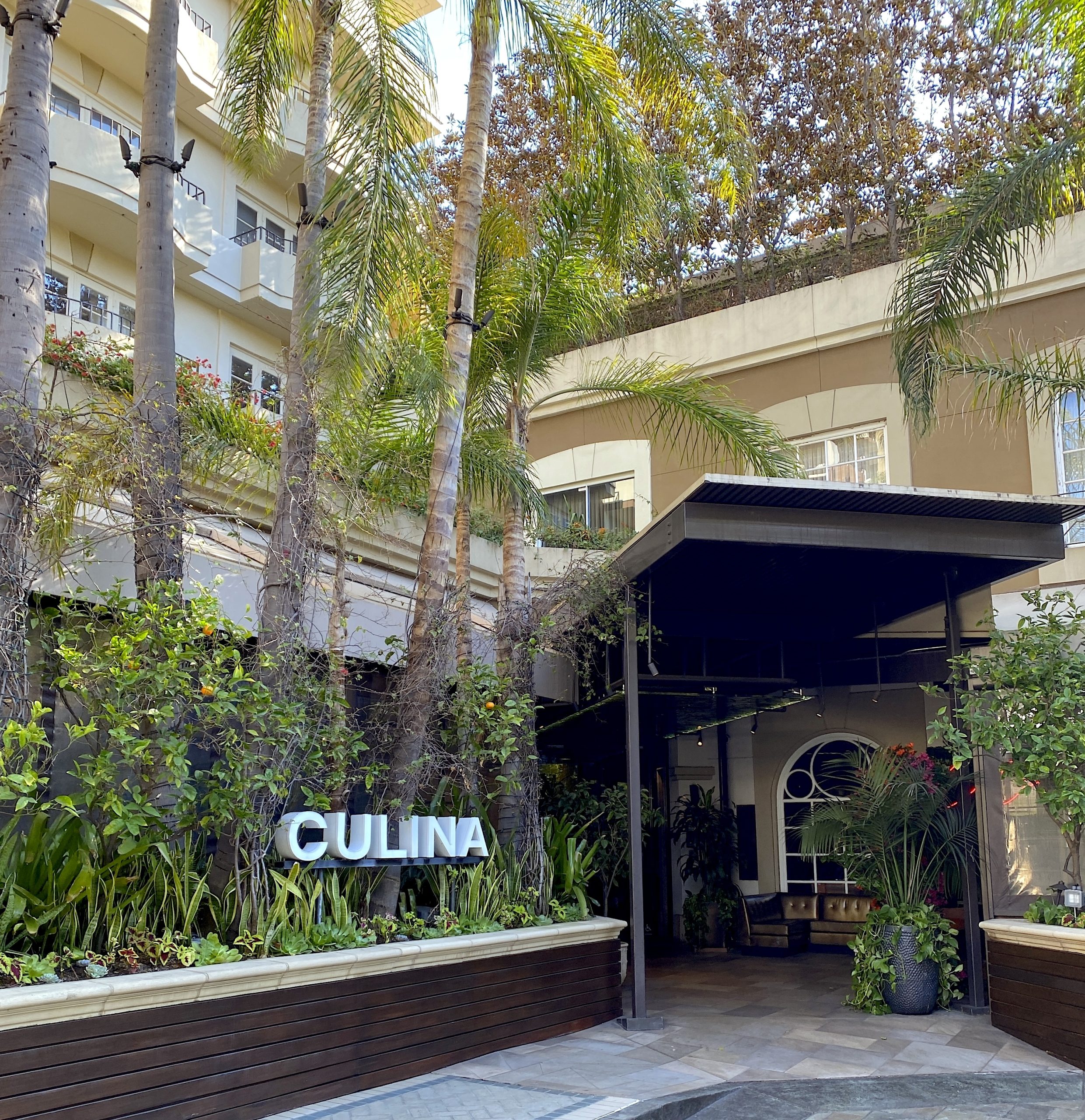![25 Insider Tips For Visiting San Diego Zoo Safari Park [2025]](https://worldtravelers.club/wp-content/uploads/2025/09/san-diego-safari-park-walkabout-australia-scaled-1.jpg)
A visit to the San Diego Zoo Safari Park is not your typical zoo day. Located on 1,800 acres in Escondido, it offers a unique chance to see animals roaming in larger, open habitats that replicate the savannas, forests, and highlands they call home. You will walk among kangaroos, observe platypuses, and ride a free narrated tram past giraffes and rhinos.
As a longtime member of the San Diego Zoo Wildlife Alliance, I’ve explored the park in every season and temperature, with kids and without, for full days and half-days. My insider tips will help you avoid crowds, stay cool, save money, and see the animals at their most active.
Before You Go: Smart Planning Tips
1. Buy discounted tickets in advance
As you’ve heard me say throughout this site, there’s no need to pay gate prices at our theme parks. The easiest way to save money is to buy your 1-Day Pass online in advance.
Using my promo code also allows you to skip the ticket booths entirely, heading straight for the entrance turnstiles. Your tickets are emailed immediately and can be scanned from your phone.
1-Day Pass — Use My Promo Code For the Best Deal!
Skip the ticket line and go straight to the gate with a mobile or printed ticket. Valid for one year from the purchase date.
Discounted price: $68/ages 12+ and $8/ages 3–11
Use promo code lajollamom for $8 off!
2. Consider a sightseeing pass if you plan to visit multiple attractions
Both the Go City San Diego pass and the San Diego CityPASS include admission to the Safari Park. If you’re also planning to visit top attractions like LEGOLAND California, SeaWorld San Diego, or the San Diego Zoo, one of these passes can offer substantial savings compared to buying separate tickets.
Review what each pass includes to make sure it aligns with your itinerary.
3. Check the weather for Escondido, not San Diego
Don’t rely on the coastal forecast. The Safari Park is located about 35 miles inland in Escondido, where the climate is different.
Unlike the cool, marine-influenced weather in La Jolla or downtown San Diego, inland areas heat up quickly. It’s often 10–15 degrees warmer, with afternoon temperatures in the 90s during summer and early fall. It can also be much colder in the mornings than along the coast between the fall and spring.
Always check the Escondido forecast so you can dress appropriately, stay hydrated, and time outdoor activities wisely.
4. Dress in layers and wear good walking shoes
Temperatures swing at the Safari Park. It may be cool when you arrive and blazing hot by midday. Dress in light layers that you can peel off as it warms up, or put back on in the late afternoon as it gets chilly again.
Sturdy, closed-toe walking shoes are essential. You’ll likely cover 5–7 miles over a mix of paths and gentle hills. Skip the sandals and flip-flops, especially for kids.
5. Download the San Diego Zoo Safari Park app
The official app includes a GPS-enabled map, show and encounter times, restroom locations, and walking directions between exhibits. It’s updated in real time. Free Wi-Fi is available throughout most of the park.
I still pick up a paper map for a full view of the park. And bring an external battery to keep your phone powered because theme park apps can drain battery.
I also think it’s a good idea to study the app before you go to get a feel for where everything is located. There’s also a list of animals to see.
6. Book paid safaris in advance
Safaris like Wildlife Safari, Cart Safari, and Flightline Safari often sell out, especially during holidays and school breaks. Booking early online guarantees your spot and gives you time to review important age, weight, and dress code restrictions. You can read my full guide to San Diego Zoo Safari Park tours for more details.

Your First Hour: Start Strong and Avoid the Crowds
7. Arrive before the park opens at 9 a.m.
The park opens at 9 a.m., and parking is $20 per vehicle. Arriving at 8:40 a.m. lets you park, pass through security, and be one of the first people through the gates. This is what I do.
8. Start your day in Walkabout Australia
Head straight to the Platypus Habitat which is the only one outside Australia before it gets crowded. Since they’re nocturnal the exhibit is dark. Give your eyes a little bit of time to adjust so that you can see them.
Next, step into the adjacent kangaroo and wallaby walk-through, where you can stroll a barrier-free path and observe them up close, also before crowds arrive. If I don’t see the platypuses, I’ll head here and then try to see them again. It’s sometimes tough.

9. Time your Africa Tram for ~30 minutes after opening
The Africa Tram begins running about 30 minutes after the park opens (around 9:30 a.m.). Use the first half hour for Walkabout Australia, then arrive at the tram station a few minutes early but it’s really not a deal breaker, in my experience, if you queue a bit later so don’t rush if you don’t feel like it.
Sit on the left for longer giraffe views; the right side offers better views of rhinos and antelope. But don’t worry too much as either side is great, in my opinion. It’s a 25-minute ride.
Animal Viewing Tips: When and Where to See the Action
These are just suggestions. If you explore in a different order or spot the animals at other times of day than I suggest, that’s perfectly okay.
10. Visit Tiger Trail (and consider a second pass later)

Tiger Trail’s bamboo-shaded paths are perfect during midday heat, and the habitat offers several angles including an underwater viewing window where a Sumatran tiger may swim.
Consider looping back again in late afternoon when big cats often perk up as temperatures drop, if you’re visiting on a hot day. There’s also a small playground and a grab-and-go cafe.
11. Don’t miss Gorilla Forest
This shaded, glass-fronted habitat makes it easy to watch the troop’s social dynamics—playful juveniles, resting adults, and plenty of foraging. Benches and tree cover make it a natural spot to pause without losing the view.
12. Prioritize lions, elephants, and cheetahs before noon
Large mammals are typically most active in the cooler morning hours. Plan Lion Camp, Elephant Valley overlooks, and the cheetah habitat before lunch. In peak heat, they often retreat deep into shade and are harder to spot.
13. Explore the aviaries for a quiet, climate-controlled break
Hidden Jungle and Wings of the World offer close bird encounters and relief from heat or the occasional drizzle. They’re ideal as a mid-route reset when the sun is strongest and little legs need a calmer pace.
14. Watch for keeper enrichment activity
Wildlife care specialists set out puzzle feeders, ice treats, scents, or novel objects to stimulate natural behaviors. These sessions aren’t always listed, so ask a docent or staffer what’s coming up. You’ll get some of the liveliest animal moments this way.
15. Plan around Butterfly Jungle in spring
From roughly March to early May, Hidden Jungle transforms with thousands of free-flying butterflies. You usually need a separate ticket and the experience lasts about 20 minutes. It also includes nectar to offer the butterflies as you explore!
Dining and Refreshments: Where to Eat and Drink
16. Bring your own snacks or lunch
Outside food is allowed in small, soft-sided coolers (no glass or alcohol). Packing sandwiches, fruit, and snacks saves money and keeps you flexible if lines are long or kids get hungry at odd times. Picnic tables are scattered throughout the park.
17. Carry a refillable water bottle
You’ll find water refill stations across the park, and every restaurant will provide filtered water and ice for free. Staying hydrated is critical in the inland heat, and this simple habit saves money on bottled water.
18. Reserve The Watering Hole for a sit-down meal
At Kijamii Overlook, The Watering Hole pairs casual table service with panoramic savanna views. Watching rhinos and giraffes while you eat is uniquely “Safari Park.” Reserve ahead on busy days to avoid a wait.
19. Use kiosks for quick bites
For fast snacks or kid-friendly meals, look for grab-and-go stands like Barking Deer BBQ near the entrance or Macan Market by Tiger Trail. Menus rotate seasonally, so confirm options in the app and time meals outside peak lunch hour.
Family Tips: Keeping Kids Happy and Cool
20. Build breaks into your route with play areas
The Mawazo Woods Discovery Area (near Gorilla Forest) and the small playground by Tiger Trail give kids space to climb while adults regroup in the shade. These short resets keep everyone’s stamina up for the longer walks between habitats.
21. Pack swimwear or dry clothes for Savanna Cool Zone
Near Lion Camp, the splash pad’s misting jets and animal-shaped sprayers are a lifesaver on hot days. It’s seasonal, so check status in the app. A towel and change of clothes mean you can cool off and keep going.
22. Ride the Conservation Carousel

In Safari Base Camp, the Conservation Carousel features dozens of ride figures modeled after endangered species. It’s a feel-good, kid-approved break in the shade, and buying multiple ride tokens up front can save time later.
Park Logistics: Comfort and Convenience Essentials
23. Use lockers to travel lighter
Coin-operated lockers near the entrance let you ditch morning layers, stash snacks, or secure souvenirs. It’s faster (and sometimes cooler) than hiking back to the car in midday heat. I’m a big fan of using theme park lockers rather than carrying a bunch of stuff!
24. Rent strollers, wheelchairs, or scooters if needed
Even energetic kids tire out at the Safari Park’s distances and hills. Single/double strollers, wheelchairs, and ECVs are available near the entrance.
25. Don’t try to do the Zoo and Safari Park on the same day
This is an FAQ I receive quite a bit. I do not recommend both parks on the same day. They are about 35 miles apart and there is a trafficky corridor between them. Plus, each one deserves several hours and your full attention.
The Safari Park alone often takes a full day once you factor walking, presentations, dining, and the tram plus the drive. Read more of my thoughts about San Diego Zoo or Safari Park.
Final Thoughts: Is the Safari Park Worth It?
The San Diego Zoo Safari Park is absolutely worth a visit, but it’s a different experience than the Zoo. The focus here is on vast, open habitats and animals with room to roam, not densely packed exhibits.
It requires more walking, warmer weather prep, and a usually full-day commitment. There isn’t another park like it in Southern California and I really enjoy my visits.
What are your best San Diego Zoo Safari Park tips?
Publisher: Source link
Latest Posts
-
31 July 2025
-
26 July 2025
-
14 July 2025
-
01 July 2025
-
07 August 2025
-
29 July 2025
-
20 February 2025
-
04 February 2025
Newsletter
Sign up for free and be the first to get notified about new posts.
Get The Best Blog Stories into Your icountox!
Sign up for free and be the first to get notified about new posts.


